In this article, we will explore the pros and cons of LED grow lights in comparison to other types of grow lights commonly used in hydroponics. By examining the advantages and disadvantages of LED grow lights, we can gain a better understanding of their suitability for different growing setups.
LED grow lights are a popular choice among hydroponic growers due to their energy efficiency and long lifespan. They consume less energy compared to traditional grow lights, which can result in significant savings on electricity bills. LED grow lights also emit less heat, reducing the risk of heat damage to plants and allowing for closer positioning to optimize light absorption. However, it’s important to note that LED grow lights can be more expensive upfront compared to other types of grow lights, and their effectiveness may vary depending on the specific needs of your plants.
The Pros and Cons of LED Grow Lights: A Comparison with Other Grow Lights
In recent years, there has been a significant shift in the horticulture industry towards the use of LED grow lights, especially in hydroponic systems. These lights have revolutionized the way we grow plants indoors, providing numerous benefits over traditional grow lights. In this article, I will discuss the pros and cons of LED grow lights, as well as compare them with other types of grow lights available in the market today.

This image is property of e36jokz4maw.exactdn.com.
Energy Efficiency
One of the most significant advantages of LED grow lights is their high energy efficiency. Unlike fluorescent, high-intensity discharge (HID), and incandescent grow lights, LED lights emit light in a specific wavelength range that is optimal for plant growth. This means that less energy is wasted on producing light in wavelengths that plants do not utilize effectively. As a result, LED lights consume less power, leading to reduced electricity costs.
Long Lifespan
LED grow lights also have a remarkably long lifespan, making them a cost-effective investment in the long run. On average, LED lights can last up to 50,000 hours, which is significantly longer than the lifespan of other types of grow lights. This extended lifespan not only reduces the need for frequent replacements but also minimizes overall operating costs.
Customizable Spectrum
LED grow lights offer the unique advantage of customizable spectrum control. Different plants have varying light requirements during different growth stages. With LED lights, it is possible to adjust the light spectrum to cater to specific plant needs. By fine-tuning the wavelengths emitted by the lights, growers can optimize plant growth, enhance flowering and fruiting stages, and even manipulate the plants’ overall development.
Low Heat Emission
Compared to traditional grow lights, LED lights emit significantly less heat. This feature is particularly crucial in hydroponic systems or enclosed growing spaces where temperature management is essential. With LED grow lights, the risk of heat damage to plants is substantially reduced, allowing for a more controlled and comfortable growing environment. Additionally, the lower heat emission reduces the need for additional cooling equipment, further saving energy and costs.
While LED grow lights have numerous benefits, it is important to consider their drawbacks as well. Here are some of the limitations to be aware of:
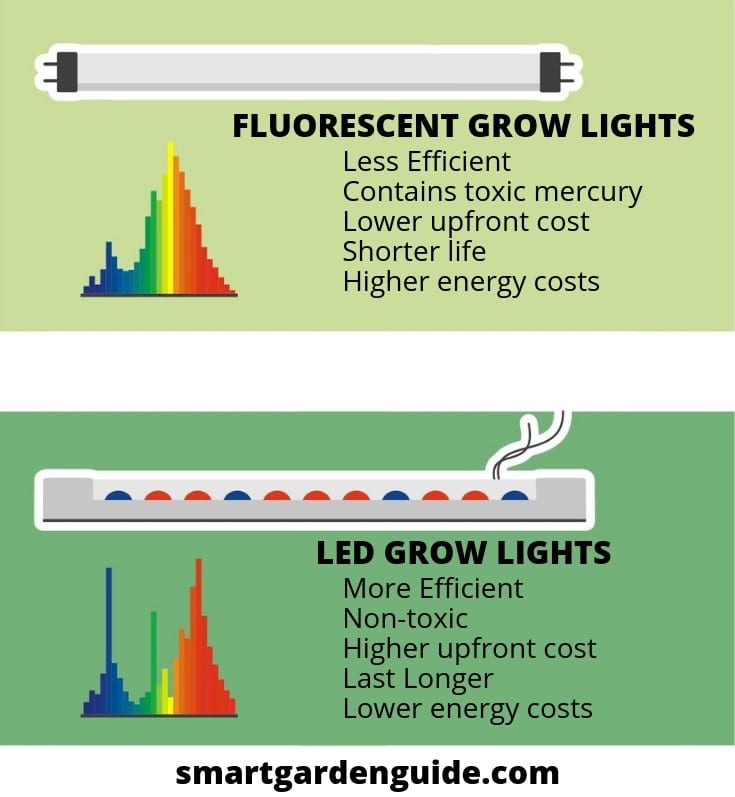
This image is property of smartgardenguide.com.
Higher Initial Cost
One of the main drawbacks of LED grow lights is their higher initial cost compared to other types of grow lights. LED technology is still relatively new and advanced, which contributes to its higher price tag. However, it is essential to view this as an investment in quality equipment that will provide long-term savings in terms of energy efficiency and extended lifespan.
Limited Light Penetration
LED grow lights have a limited ability to penetrate dense canopies. In dense plant setups, lower leaves and the lower parts of the plants may not receive sufficient light. This can result in uneven growth and reduced productivity. However, this limitation can be overcome by implementing supplemental lighting strategies, such as the use of reflective surfaces or positioning multiple lights at different angles.
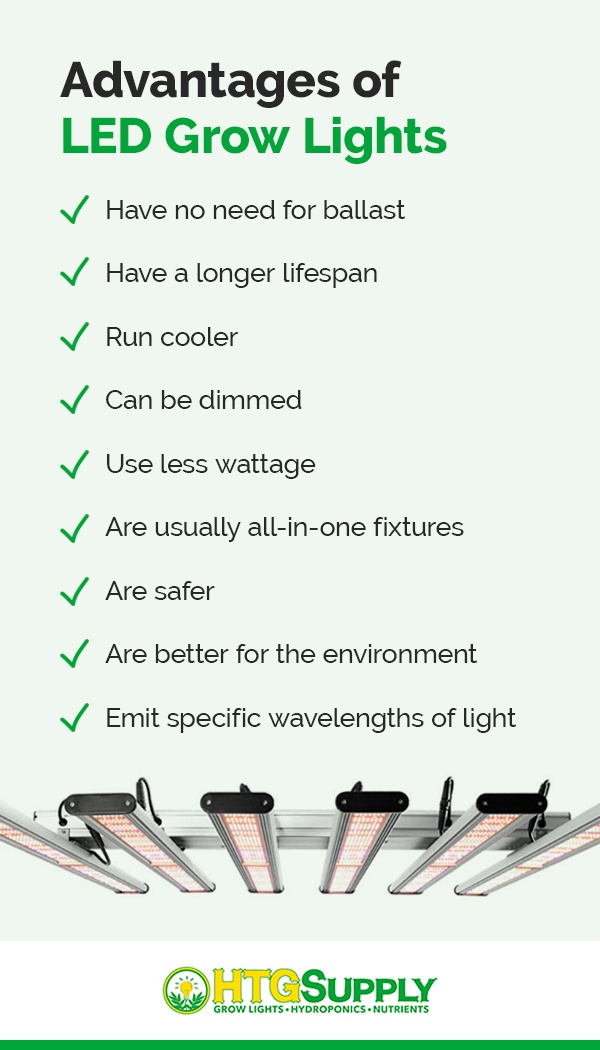
This image is property of e36jokz4maw.exactdn.com.
Lack of Standardization
Due to the relatively new and rapidly evolving nature of LED grow lights, there is a lack of standardization in terms of quality and performance. With numerous manufacturers and models available in the market, it can be challenging to determine which LED grow lights provide the best results. It is crucial for growers to do thorough research, read customer reviews, and choose reputable brands to ensure they are investing in high-quality lights.
Now, let’s compare LED grow lights with other types of grow lights commonly used in horticulture:
Fluorescent Grow Lights
Fluorescent grow lights, such as T5 and CFL lights, have been popular choices in the past due to their affordability and availability. However, they are not as energy-efficient as LED lights and have a shorter lifespan. Fluorescent lights also emit more heat, which can require additional cooling measures. In terms of light spectrum, fluorescent lights provide a broader range of wavelengths, but they cannot be customized to suit specific plant requirements.
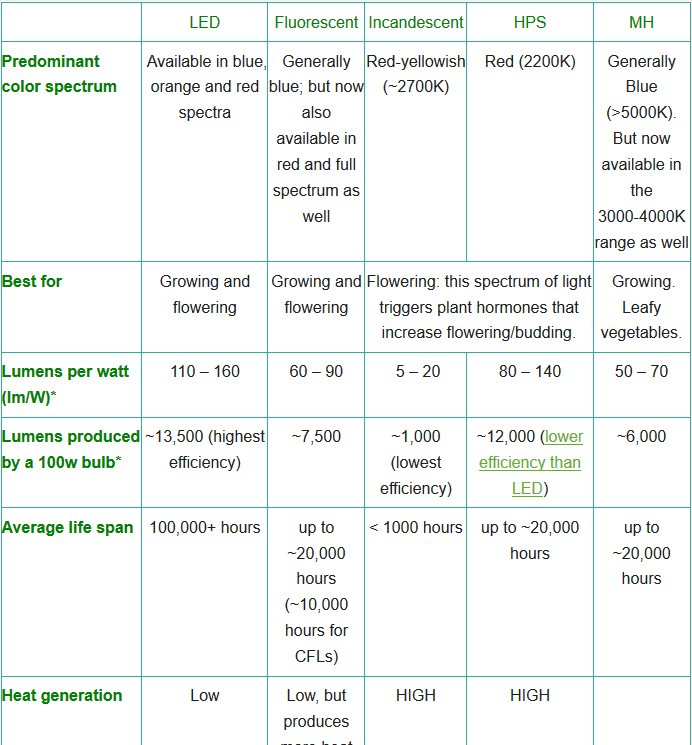
This image is property of ww1.prweb.com.
High-Intensity Discharge (HID) Grow Lights
HID grow lights, including metal halide (MH) and high-pressure sodium (HPS) lights, have long been considered the gold standard in horticulture. They offer a powerful and intense light output, making them suitable for plants in the flowering and fruiting stages. However, HID lights consume more energy and require frequent bulb replacements, leading to higher overall operating costs. They also emit a substantial amount of heat, necessitating effective cooling systems.
Incandescent Grow Lights
Incandescent grow lights are the least energy-efficient option and are seldom used in professional growing operations. While they are inexpensive upfront, they have a very short lifespan and emit excessive amounts of heat. These lights are better suited for hobbyists or small-scale indoor gardens.
In summary, LED grow lights offer numerous advantages over other types of grow lights. They are highly energy-efficient, have a long lifespan, provide customizable spectrum control, and emit significantly less heat. However, they do come with a higher initial cost and have limitations in terms of light penetration and standardization. Comparatively, fluorescent, HID, and incandescent grow lights have their own merits, but they are generally less efficient and have shorter lifespans.
As the horticulture industry continues to evolve, LED grow lights are emerging as the preferred choice for indoor plant cultivation. Their overall value and efficiency make them a sound investment for both commercial growers and hobbyists alike. By understanding the pros and cons of LED grow lights and comparing them with other options, growers can make informed decisions to optimize their plant growth and achieve exceptional results in their indoor gardens.
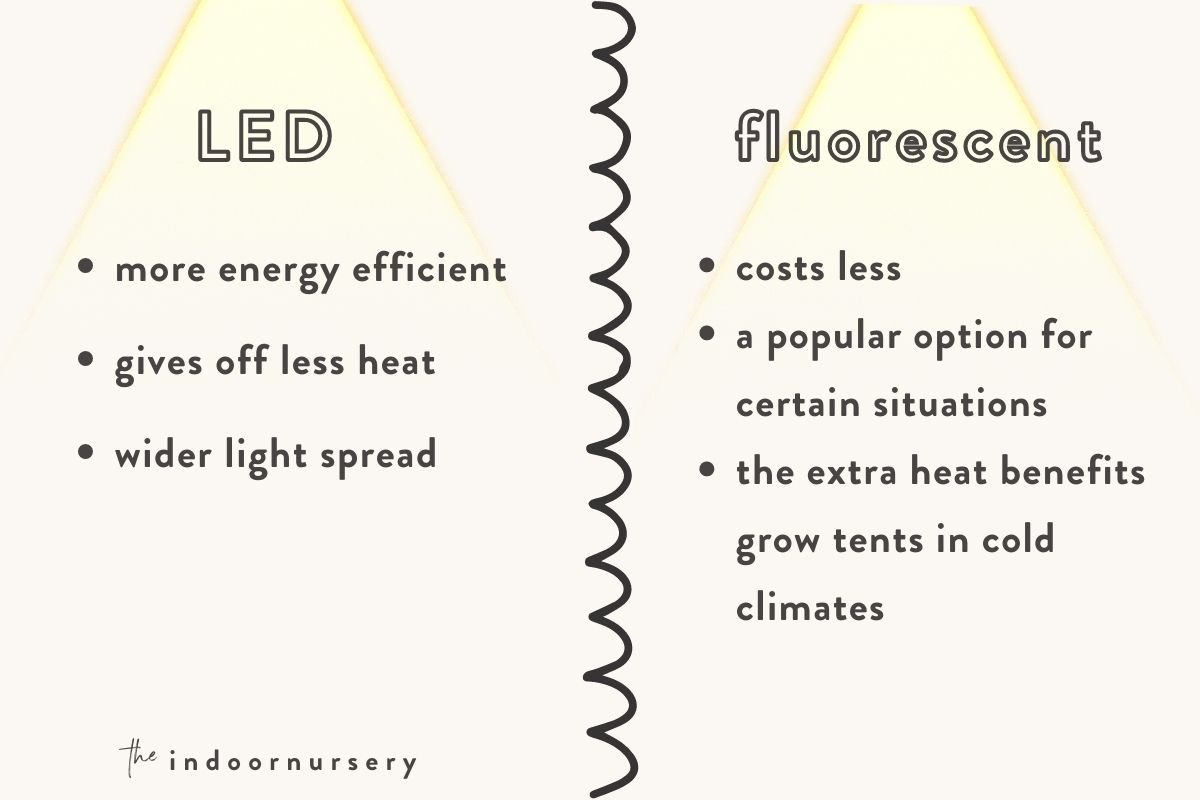
This image is property of theindoornursery.com.
Related Posts
Conventional vs. Organic Hydroponic Nutrients


0 (0) Are “Organic” nutrients really better for your system or for your customers? Find out in this video from…
Can You Profit From Hydroponics?
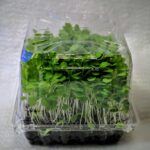

5 (8) Did you hear the story of a farmer who started growing strawberries? Yes? But, do you know he…


